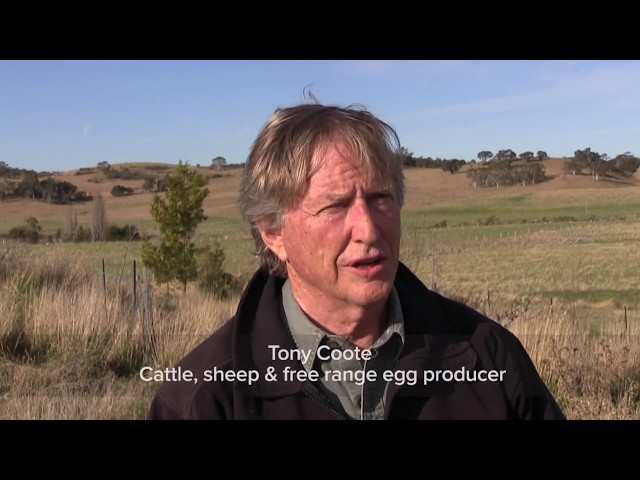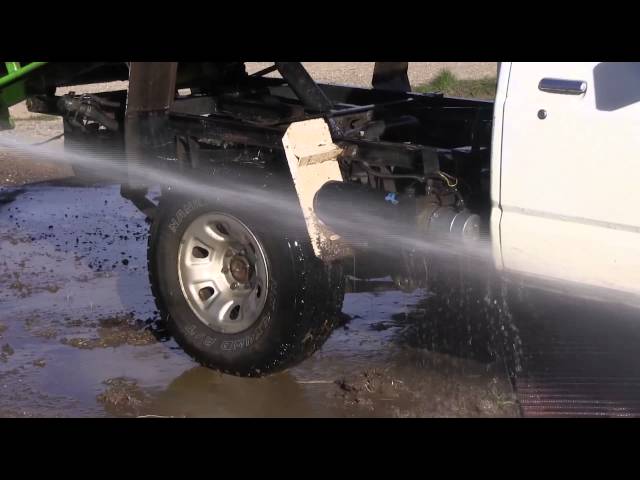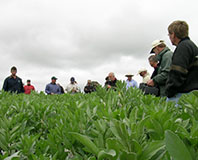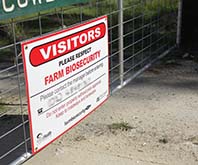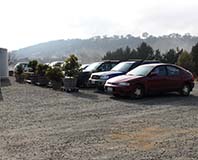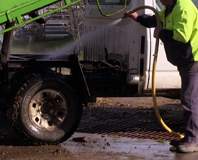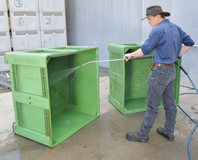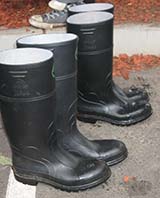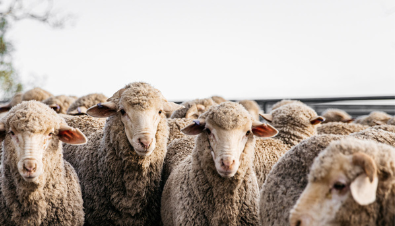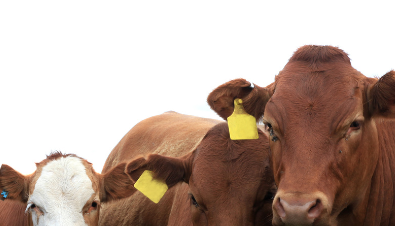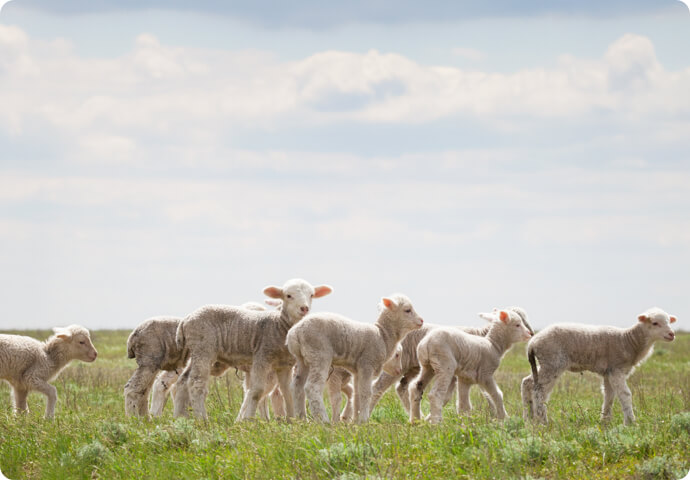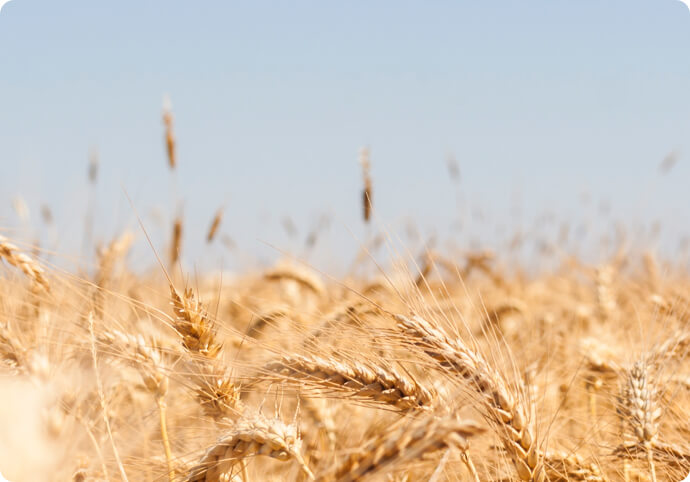Dedicated equipment for high risk areas
It may be most practical to assign equipment (including tools, clothing, and footwear) for use in disease, pest and weed affected areas or for handling sick stock. The equipment used in infected or infested areas should not be reused in clean areas, and vice versa.
One area of especially high risk are the few zoonotic diseases (those which can be passed from animals to humans, such as hendra or avian influenza). Seek advice from a veterinarian if you see any unusual symptoms in your animals and use appropriate personal protective equipment (such as gloves, protective eyewear and a face mask) with suspected animals. It is particularly important that any husbandry equipment exposed to a diseased animal is cleaned and disinfected before it is used on other livestock.

